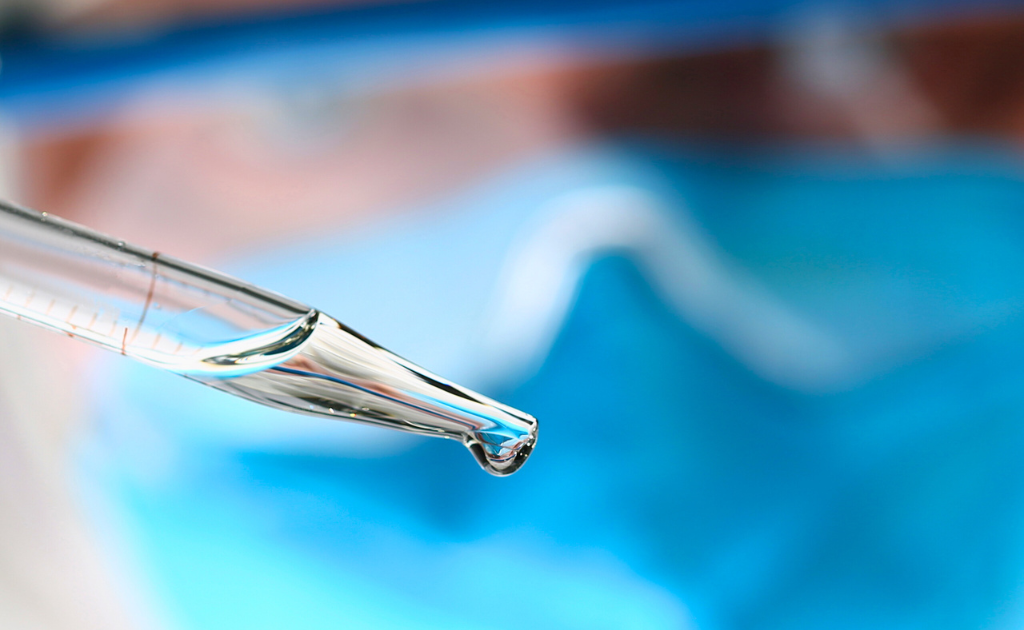10 Great Tips for Spring Cleaning Your Medical Facility
With nature blossoming around us, the urge to spring clean is high. As much as we may think of spring cleaning as purely a domestic practice, the truth is that medical laboratories, hospitals, and clinics should also take part in this annual ritual.
Cleaning a medical facility requires careful attention to detail and a systematic approach to ensure that all surfaces and equipment are properly sanitized.

Cleaning Protocols
Every year, millions of patients and medical personnel are affected by healthcare-associated infections (HAIs). As a result, medical facilities can quickly become breeding grounds for bacteria and viruses.
Infections caused by these pathogens can spiral out of control and spread to both patients and staff. The importance of environmental protection cannot be overstated.
Staff are encouraged to adhere to a strict sanitizing protocol, which includes:
- Cleaning and disinfecting high-touch areas
- Wiping down countertops
- Disinfecting doorknobs
- Cleaning the floors
- Cleaning and disinfecting toilets
During spring cleaning, it is essential to follow a checklist to ensure that all areas that require attention are addressed.

Facility Spring Cleaning Suggestions
- Declutter: A cluttered workspace can be distracting and serve only to reduce productivity. Therefore, old supplies and equipment should be disposed of. Decluttering your workspace is made easier with storage units. Organize any documents, files, and items you do not use frequently to free up space and make cleaning easier.
- Deep clean: Engage a professional cleaning company that specializes in healthcare settings to clean and sanitize your furniture. It may be helpful to create a cleaning schedule that outlines the tasks that need to be done daily, weekly, monthly and annually. This will help ensure that all areas of the facility are cleaned regularly and thoroughly.
- Use appropriate cleaning agents: Different areas of the facility require different cleaning agents.
- Start with the cleanest areas: Begin cleaning in the cleanest areas and work your way towards the dirtiest areas. This will help prevent cross-contamination.
- Focus on high-touch areas: Focus on cleaning high-touch areas such as doorknobs, light switches, and handles on equipment. These areas are more likely to harbor germs and bacteria.
- Pay special attention to ventilation: Ensure that the facility is well-ventilated during the cleaning to prevent the buildup of fumes and odors.
- Schedule HEPA filter testing: Allergens and pathogens are abundant during the spring season. It is important to test your HEPA filters and replace them when necessary in order to maintain a healthy working environment.
- Testing for microbial and fungal species: This is crucial in a healthcare setting. Early detection of harmful pathogens can curtail outbreaks.
- Perform Regular Surrogate Bacterial and Air Sampling: Despite cleaning procedures, the only way to verify the effectiveness of these protocols is to conduct routine bacterial and air sampling tests.
- Maintain Proper Calibration of Your Equipment: Failure to maintain the calibration of your medical equipment on a regular basis can result in disastrous consequences. Equipment that is out of tolerance will lack accuracy, leading to misdiagnoses and unnecessary re-testing.
By following these tips, you can ensure that your facility is properly cleaned and maintained, reducing the risk of contamination and promoting a safe working environment.

Maintain a Healthy Environment
A clean, safe environment can be maintained by keeping a cleaning schedule, calibrating equipment, certifying your HVAC system, and replacing HEPA filters. In addition, tests of microbial and air samples is cost-effective in the prevention of harmful pathogens.
In addition to medical equipment calibration, Allometrics also offers environmental sampling, HEPA filter testing, air sampling, chemical fume hood preventative maintenance, and pipette certification.
When you are ready to begin your spring cleaning, please do not hesitate to contact us.





